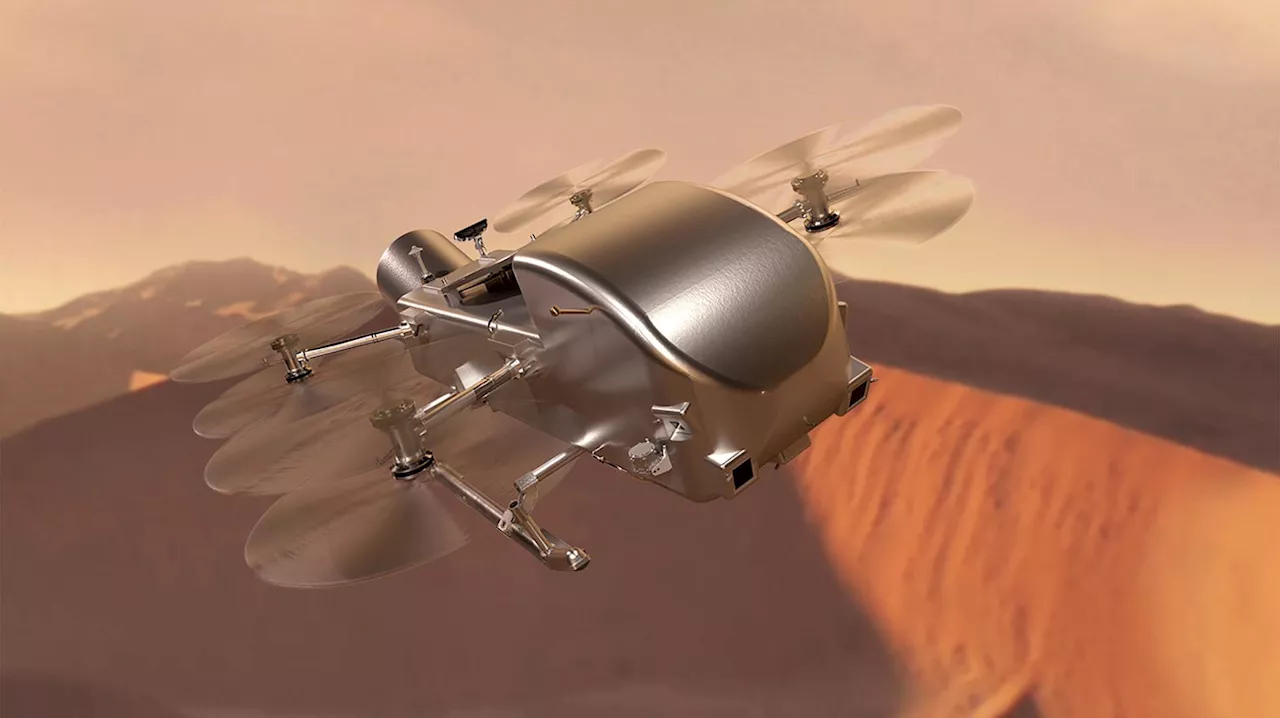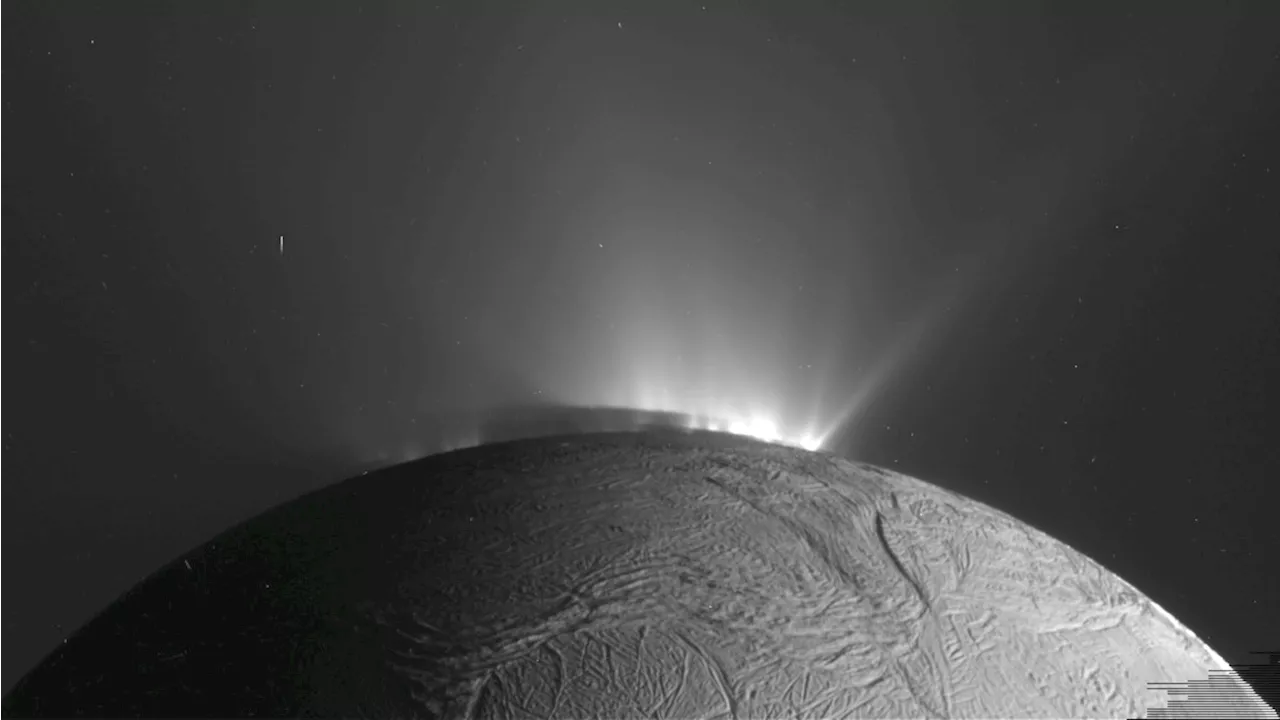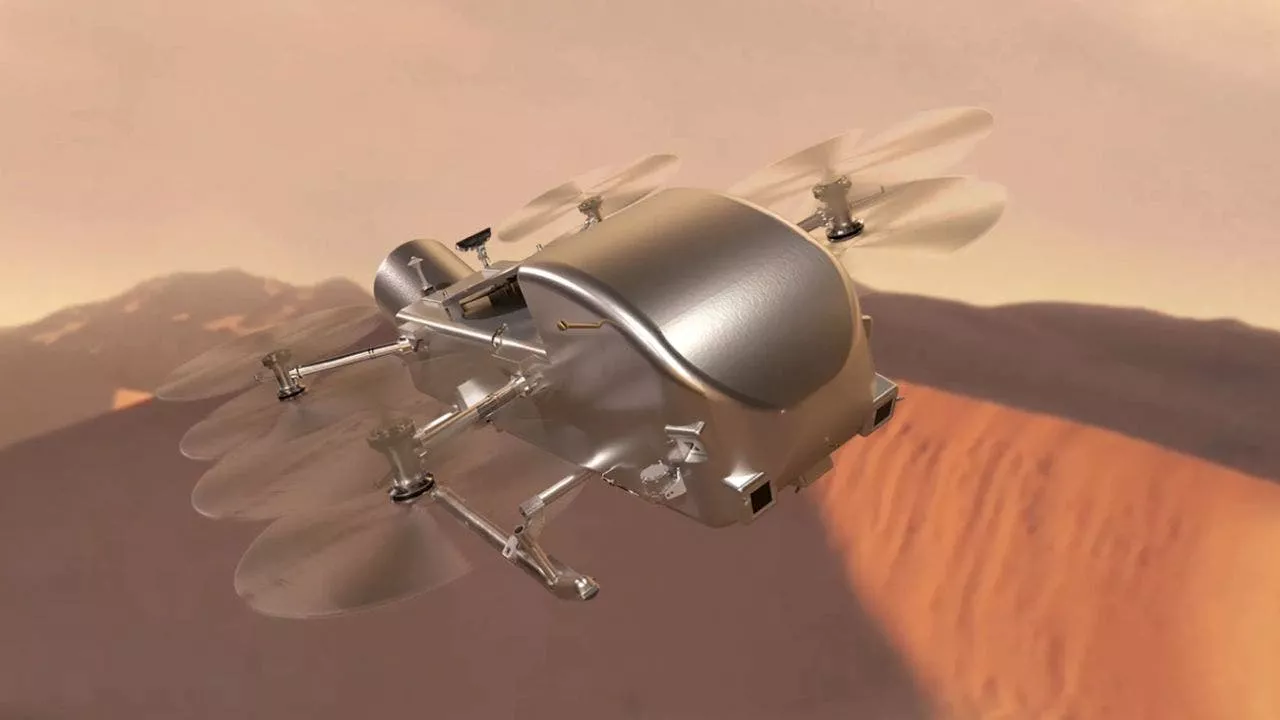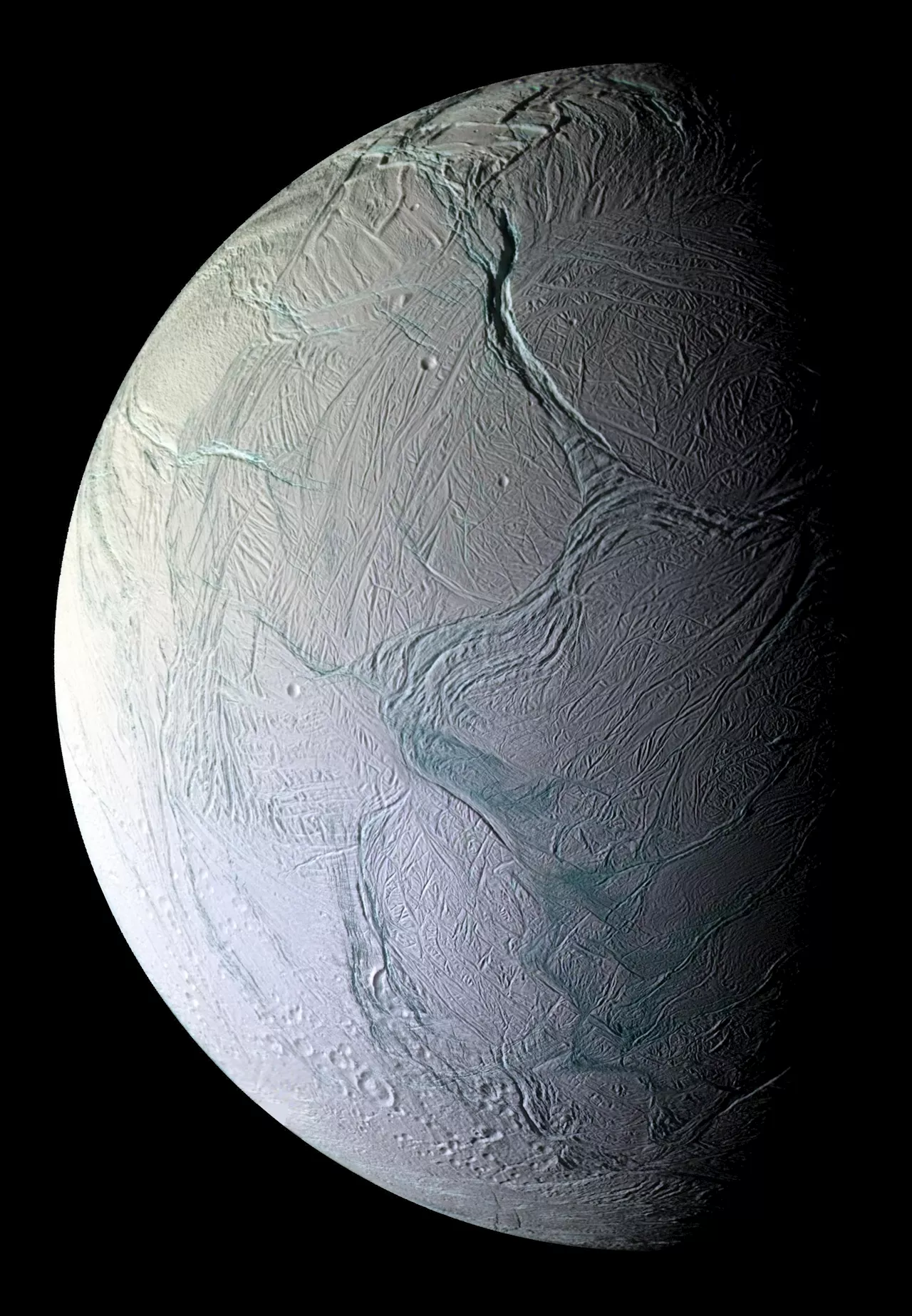I'm an award-winning journalist writing about the night sky and eclipses.
Each Monday, I pick out North America’s celestial highlights for the week ahead . Be sure toThis week is perfect for stargazing in the early evening, with Thursday’s Last Quarter Moon meaning our satellite rises after midnight in time for the weekend. According to, it’s the shortest lunar month of 2024, with one entire orbit—beginning on Thursday and ending at the Last Quarter Moon on June 28—taking just 29.195 days. On average it’s 29.53 days.
The moon is always the headline-grabber as it waxes and wanes, but take some time to look for summer constellations while there is still some darkness. After all, the longest day of the year in the northern hemisphere is only a few weeks away. Here's everything you need to know about stargazing and astronomy this week:Today will see a Last-Quarter Moon, which will appear half-illuminated and rise around midnight.
Of course, the “Spring Triangle” is three stars—Arcturus in Boötes , Spica in Virgo and Denebola in Leo . If you look to the southwest at midnight this week, it’s visible.Corona Borealis—the “Northern Crown”—is a horseshoe-shaped constellation found between the two constellations of Boötes and Hercules. Look to the southeast at midnight, and you’ll see the bright star Vega above east and Arcturus above south. Halfway between the two is Corona Borealis—it’s small, so look carefully.
Our community is about connecting people through open and thoughtful conversations. We want our readers to share their views and exchange ideas and facts in a safe space.Insults, profanity, incoherent, obscene or inflammatory language or threats of any kindContinuous attempts to re-post comments that have been previously moderated/rejectedAttempts or tactics that put the site security at riskProtect your community.
Moon Northern Hemisphere Aquarius Saturn
United States Latest News, United States Headlines
Similar News:You can also read news stories similar to this one that we have collected from other news sources.
 NASA Confirms Revolutionary Dragonfly Mission To Explore Saturn’s Moon, TitanScience, Space and Technology News 2024
NASA Confirms Revolutionary Dragonfly Mission To Explore Saturn’s Moon, TitanScience, Space and Technology News 2024
Read more »
 'Tiger stripes' on Saturn's moon Enceladus could reveal if its oceans are habitableRobert Lea is a science journalist in the U.K. whose articles have been published in Physics World, New Scientist, Astronomy Magazine, All About Space, Newsweek and ZME Science. He also writes about science communication for Elsevier and the European Journal of Physics. Rob holds a bachelor of science degree in physics and astronomy from the U.K.
'Tiger stripes' on Saturn's moon Enceladus could reveal if its oceans are habitableRobert Lea is a science journalist in the U.K. whose articles have been published in Physics World, New Scientist, Astronomy Magazine, All About Space, Newsweek and ZME Science. He also writes about science communication for Elsevier and the European Journal of Physics. Rob holds a bachelor of science degree in physics and astronomy from the U.K.
Read more »
 How 'tiger stripes' on Saturn's moon Enceladus hint at habitability: StudyResearchers likened the movement of Saturn's stripes to the San Andreas fault.
How 'tiger stripes' on Saturn's moon Enceladus hint at habitability: StudyResearchers likened the movement of Saturn's stripes to the San Andreas fault.
Read more »
 Enormous 'San Andreas fault' on Saturn's moon could help reveal signs of alien lifeRobert Lea is a science journalist in the U.K. who specializes in science, space, physics, astronomy, astrophysics, cosmology, quantum mechanics and technology. Rob's articles have been published in Physics World, New Scientist, Astronomy Magazine, All About Space and ZME Science.
Enormous 'San Andreas fault' on Saturn's moon could help reveal signs of alien lifeRobert Lea is a science journalist in the U.K. who specializes in science, space, physics, astronomy, astrophysics, cosmology, quantum mechanics and technology. Rob's articles have been published in Physics World, New Scientist, Astronomy Magazine, All About Space and ZME Science.
Read more »
 NASA’s Dragonfly drone cleared for flight to Saturn’s moon, TitanNASA'S Dragonfly rotorcraft is scheduled for a 2028 journey to Saturn's largest moon, Titan, which is located 746 million miles from Earth.
NASA’s Dragonfly drone cleared for flight to Saturn’s moon, TitanNASA'S Dragonfly rotorcraft is scheduled for a 2028 journey to Saturn's largest moon, Titan, which is located 746 million miles from Earth.
Read more »
 Discovery of biomarkers in space—conditions on Saturn's moon Enceladus simulated in the laboratoryIn 2018, very large organic molecules were discovered in ice particles on Saturn's moon Enceladus. It is still unclear whether they indicate the existence of life or were created in some other way. A recent study could help to answer this question.
Discovery of biomarkers in space—conditions on Saturn's moon Enceladus simulated in the laboratoryIn 2018, very large organic molecules were discovered in ice particles on Saturn's moon Enceladus. It is still unclear whether they indicate the existence of life or were created in some other way. A recent study could help to answer this question.
Read more »
